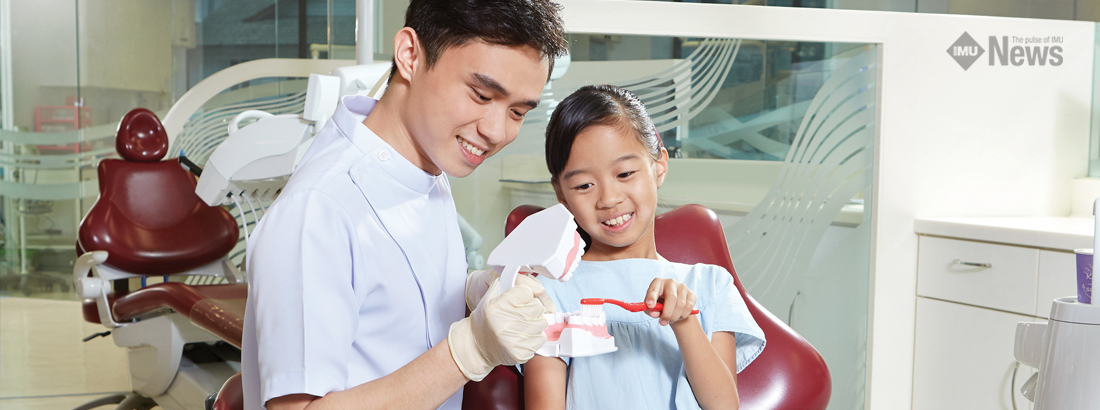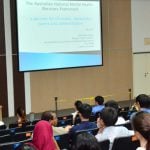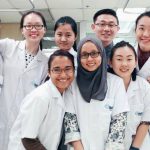“How can you enhance Betty’s practice?”
The following post is on the interactive Team Based Integrated Learning (TBIL) activity in the IMU BDS Data Science and Analytics Course.
Dr Betty runs her 15-year-old practice with two associates. She focusses on dental implants and orthodontics while her associates take care of general dentistry. The practice dedicates one day a month for disadvantaged communities and provides quality dental care, free of cost.

The students of cohort DT1/21 took the task of enhancing Betty’s dental practice through AI. Team-based Interactive Learning (TBIL) combines the benefit of large and small group learning. After a brief introduction and discussion on the purpose of the activity, students join their small groups and develop solutions for the task given. The task for the four groups in this TBIL was to identify AI solutions for Betty’s practice. Each group presents their work, providing an opportunity for the cohort to provide constructive feedback.
All the ideas from the four groups are listed below. If anyone or any agency is benefitting by these ideas, do give due credit by quoting IMU DT1/21 students and this blog link.
| 1. Interactive Practice Management App | |
|---|---|
| Virtual Dental Assistants | Facilitate the management of patients by providing clinical diagnosis, treatment planning, scheduling visits, organising insurance and paperwork, etc. |
| Pre-empt dentists of medical condition, allergy, medication errors. | |
| Provide emergency teleassistance when dentist not available. | |
| Voice activated electronic dental records – intelligently captures keywords into records during patient interaction at consultation, treatment, or follow-up | |
| Virtual Dental Receptionist | Triage patients through key words detection on patient’s current condition. |
| Adapt to patient’s disability and provide best service, example for blind patients – voice services. | |
| Processing and collection of bills, payment, and insurance. | |
| Inventory tracking and stock maintenance. | |
| Managing patient appointments, reminders, missed appointment fill in, emergency appointments accommodation. | |
| Monitor wait times to optimise dentist and patient wait times. | |
| Sort referral to specialists. | |
| Organise patient feedback for effective action and follow-up. | |
| Virtual educator/Chatbot | Customised and interactive oral hygiene solutions. |
| Follow-up on learned behaviour. | |
| Recall visits and reinforcement of best practices for patient’s oral health. | |
| 24-hour assistance on queries. | |
| Digital consents – provides information on patient’s preference, can be played multiple times, responds to queries and alternatives, checks understanding by patient. | |
| Virtual HRD | Shared portal between patients and practice to avoid any errors in documentation. |
| Existing technology – Integrate Plato, medesk to practice management app | |
| 2. Serving Disadvantaged Communities |
|---|
| AI help to arrange visits to remote communities by coordinating the dentist and patient time and place. |
| Have all ways of interaction (text, voice, video) to aid patients with disabilities in senses. |
| Integrating Microsoft translator® to overcome language barriers, sign language interpreter Deep ASL® |
| Homeless communities – telephone booths or smart phone booths with AI facilitation to use the clinic app |
| 3. Supplementary dentist |
|---|
| Robot implant surgeon to assist/perform dental operations. |
AI has a large potential which limited only by human imagination and not intelligence. Let’s work together towards a creative AI.
For more information and collaboration, kindly approach the DSA course coordinator, Dr Shaju@IMU









